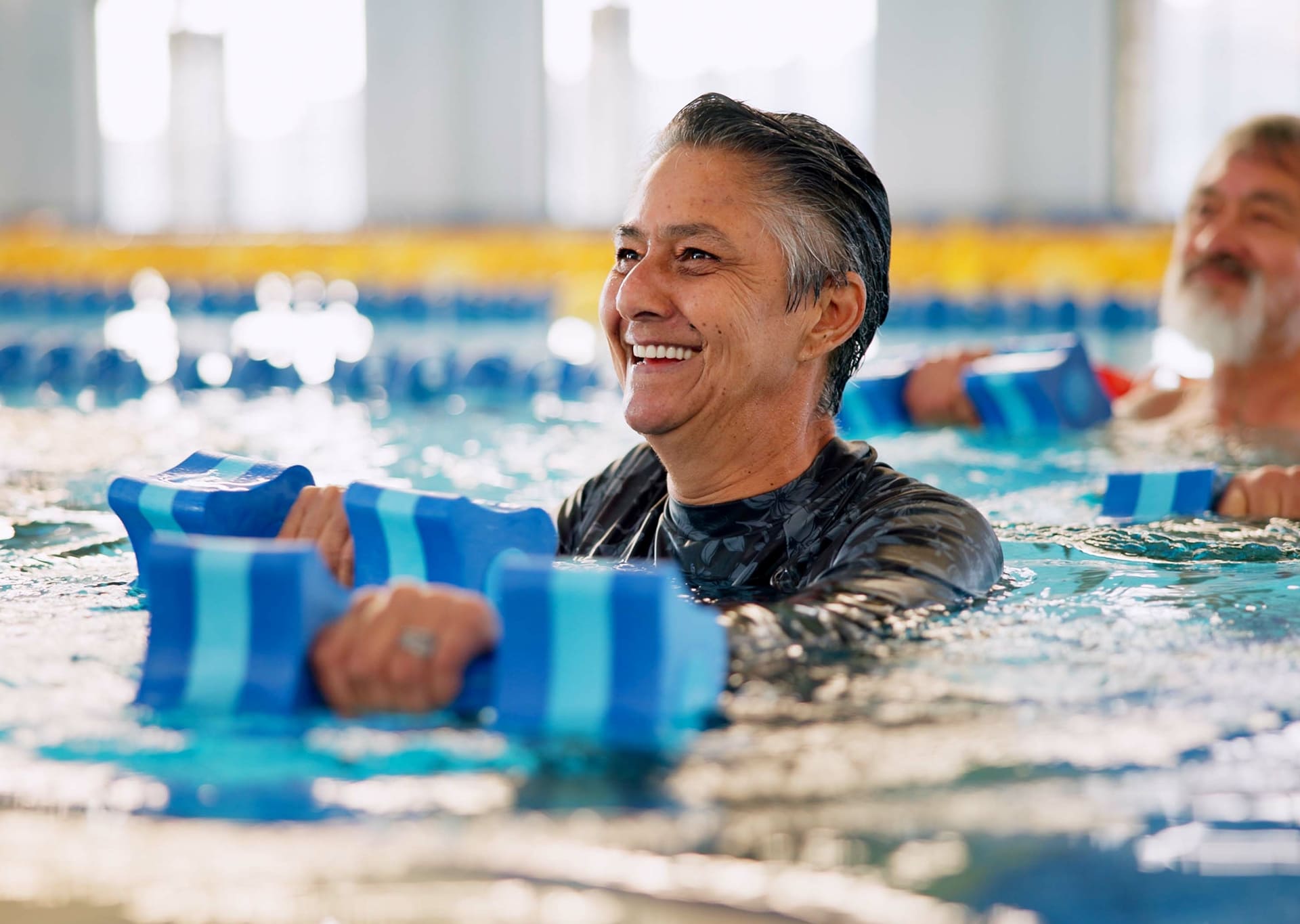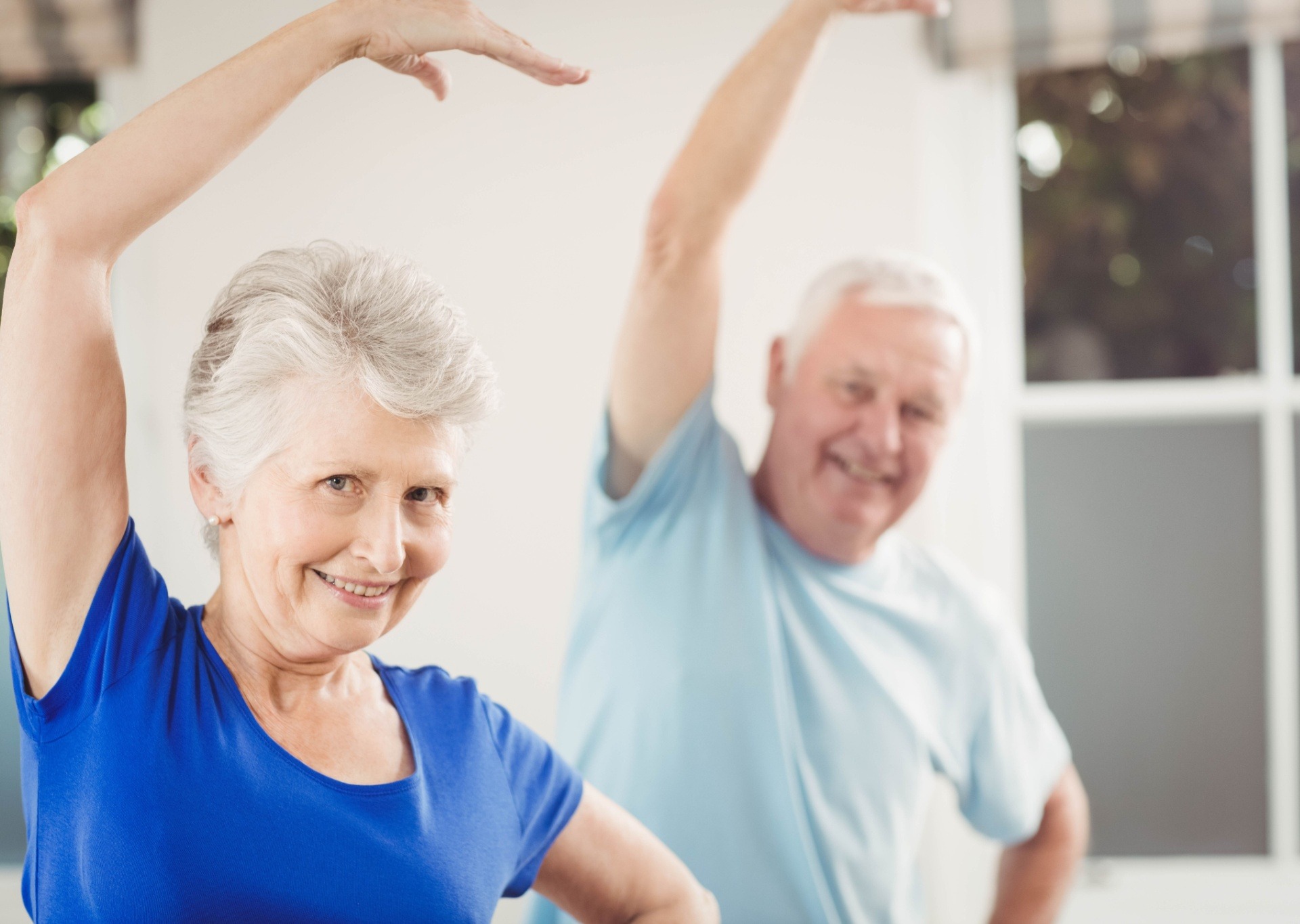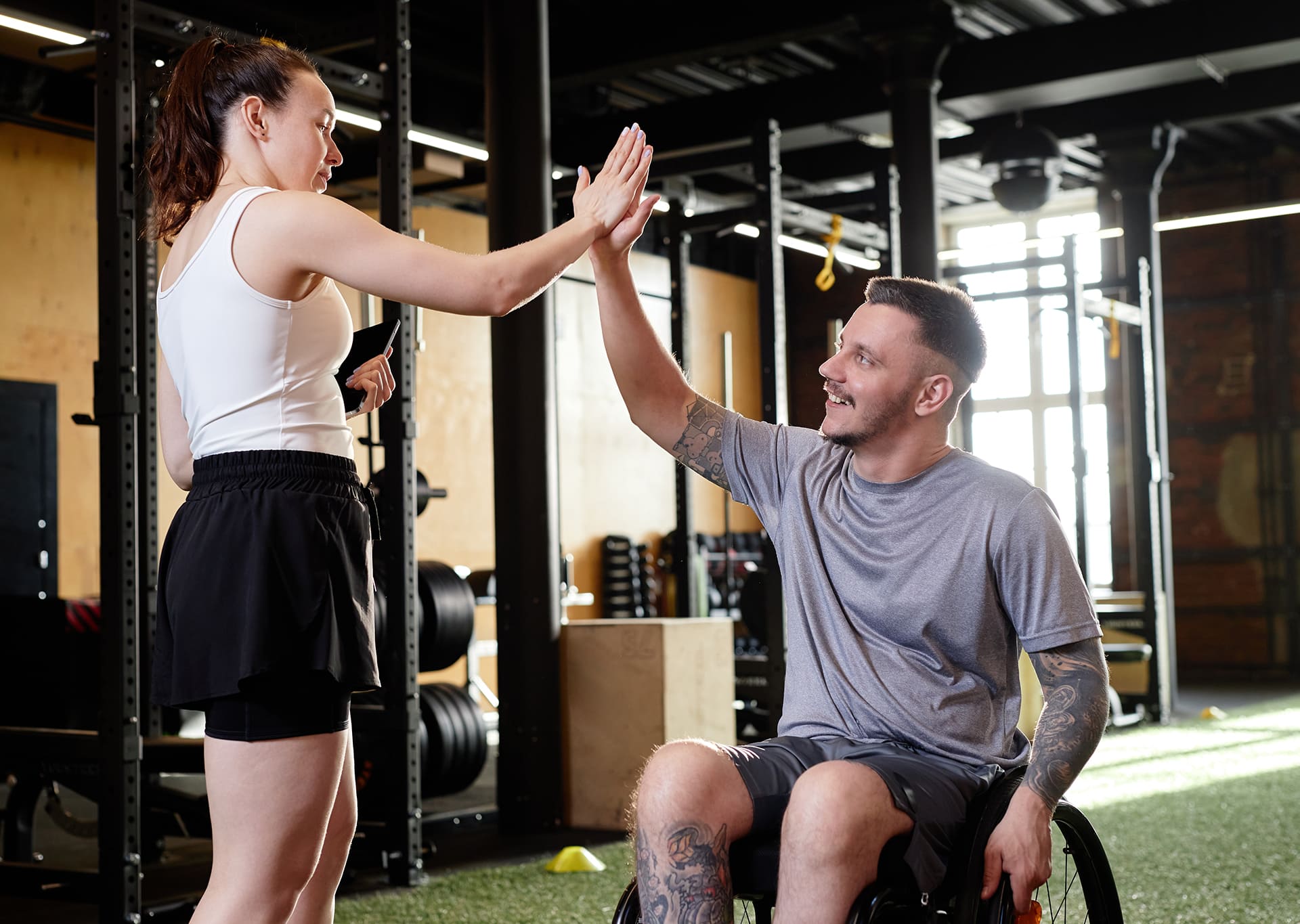
Adapted swimming for people with reduced mobility
Swimming is one of the most recommended adapted physical activities for older people, as it allows the body to be exercised gently and without direct impact on the joints. As an exercise in water, swimming facilitates movement, reduces the risk of injury and is particularly favourable for those who wish to keep fit and improve their mobility without straining their body. In addition, this activity can be tailored to the needs and abilities of everyone, making it a safe and effective exercise routine for those with physical limitations or specific health conditions.
Physical benefits of adaptive swimming
Adaptive swimming has many physical benefits for older people as it works almost every muscle in the body, improving muscle strength, flexibility and endurance. In the water, the body moves more freely and with less strain, which is ideal for people with reduced mobility or joint problems such as arthritis or osteoarthritis. This type of exercise also strengthens the cardiovascular system, helping to maintain heart health and improve blood circulation.
In addition, the feeling of lightness in the water allows people to perform movements that might be difficult to do on dry land, promoting greater autonomy and confidence in their physical abilities. A remarkable aspect is that aquatic exercises can be adapted to different levels of ability, from gentle sessions of floating or walking in the water to more intense activities such as endurance exercises or free swimming. This makes swimming an inclusive activity that provides opportunities to stay active, regardless of physical limitations.
Positive impact on emotional well-being
Adaptive swimming not only brings physical benefits, but also has a positive impact on the emotional wellbeing of older people. The simple act of participating in an aquatic activity can reduce stress and anxiety levels, as well as promote a sense of calm and relaxation.
Swimming is also often done in a group, which encourages social interaction and can help combat loneliness, a factor that often affects mental health in older people. By staying active in an activity suited to their abilities, seniors not only take care of their bodies, but also their emotional health, increasing their self-esteem and motivation to stay active and enjoy their independence.
Participating in swimming programmes specifically for seniors also creates a safe and welcoming space where participants can feel part of a community, sharing experiences and achieving common goals. This combination of physical exercise and social connection contributes significantly to improving quality of life at this stage.
Recommendations for getting started
While the benefits of adaptive swimming are indisputable, it is important to follow certain recommendations to ensure a positive and safe experience. Before starting any aquatic routine, it is essential to consult a doctor or physiotherapist, especially if you have pre-existing health conditions.
Choosing an accessible pool and having the help of instructors trained in adapted exercises is essential to get the most out of the sessions. Aquatic centres often offer classes designed specifically for older people, with gentle exercises focused on improving mobility, strength and endurance.
In addition, the use of support equipment such as float boards, flotation belts or exercise bars can facilitate practice and increase safety in the water. These aids are useful for those who have limited mobility or need additional support when performing specific movements.
Conclusion
Adapted swimming stands out as a very complete and beneficial activity for older people, both for its positive effects on the body and its impact on the mind and emotional well-being. As a gentle, inclusive and highly adaptive exercise, it offers a unique opportunity to stay active, improve physical health and enjoy an enriching social experience.
For many older people, especially those with reduced mobility, enjoying swimming and accessing a pool can be made more feasible with the support of mobility aids, such as electric or manual wheelchairs or rollators. Incorporating these devices not only simplifies the transfer to the swimming venue, but also provides stability and confidence, ensuring that the activity is carried out more comfortably and without risk.
With proper care, the use of aids and the necessary support, swimming can be effectively integrated into the daily routine, helping to preserve independence and foster a positive attitude towards life. In short, this aquatic activity represents a valuable tool to promote active, healthy and happy ageing, adapting to individual needs and taking advantage of the benefits of inclusion and movement in the water.








